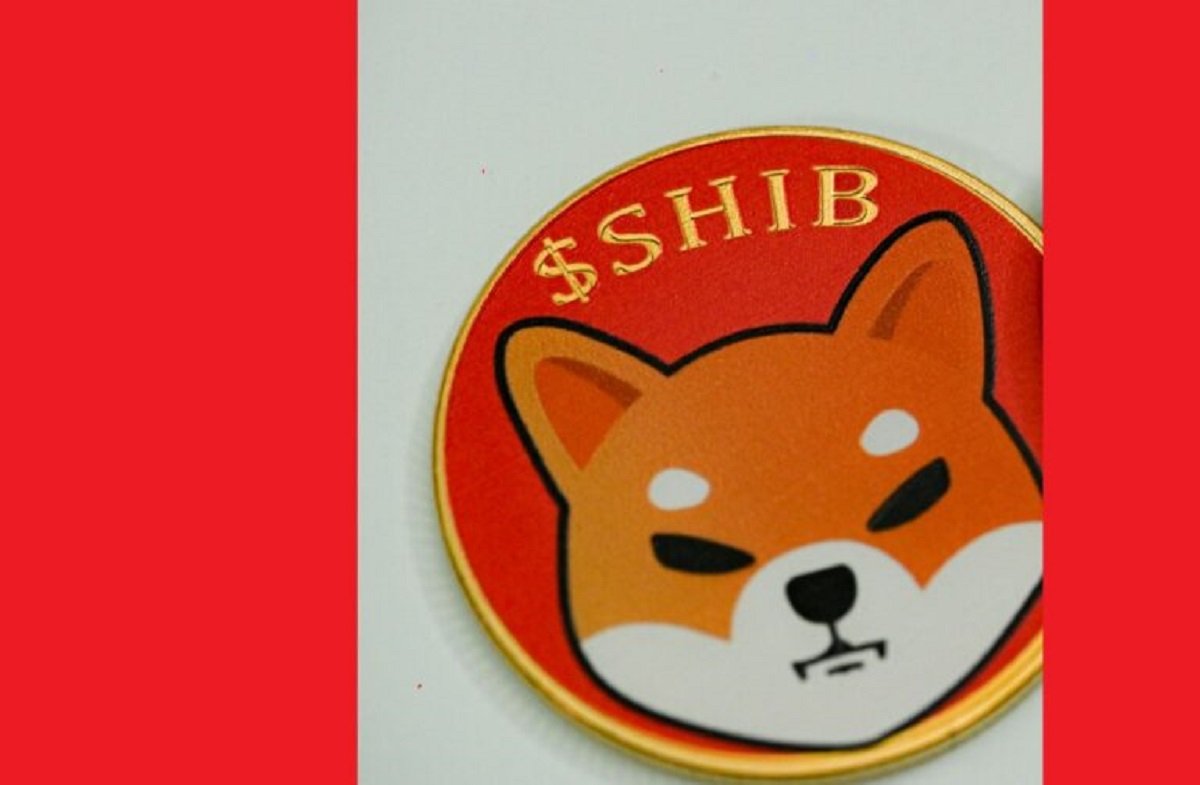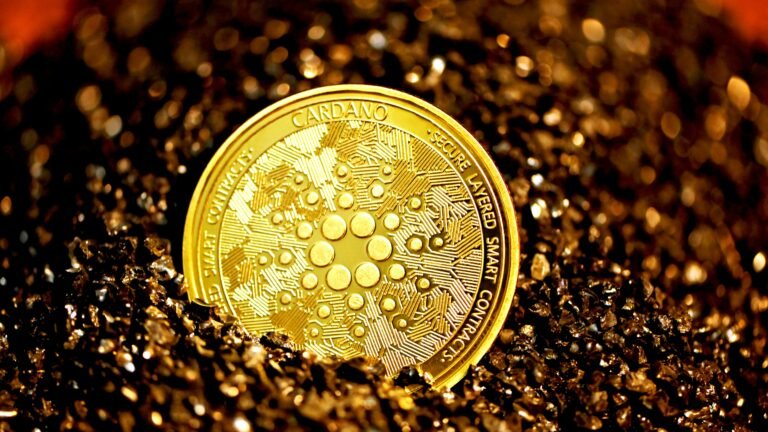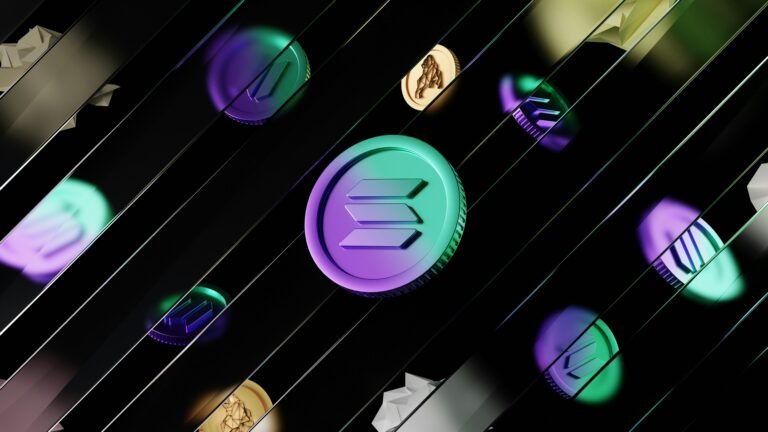- ShibaInu has seen massive gains since its 2020 launch, but reaching $1 by 2030 is mathematically unrealistic due to its enormous token supply.
- ShibaInu may continue attracting speculators, but long-term investors should be wary of its limited real-world utility.
A Meme Coin’s Meteoric Rise—and the $1 Fantasy
Since its debut in August 2020, ShibaInu (SHIB) has delivered one of the most jaw-dropping returns in crypto history—soaring nearly 14,000-fold from its launch price. Yet, despite this astonishing run, the token now trades 84% below its all-time high. Still, the ShibaInu Army remains hopeful, eyeing an audacious target: $1 per SHIB by 2030.
Let’s be clear—hitting $1 from the current price of $0.00001406 would require a mind-blowing 7,112,276% increase. But is this goal even remotely possible?
The Math Doesn’t Add Up
To reach $1, SHIB’s market cap would need to balloon to $589 trillion, assuming the current supply of 589 trillion tokens remains unchanged. For perspective, that’s about 20 times the size of the entire U.S. economy. Even with its burn mechanism—15.2 million tokens destroyed daily—it would take 180 years to burn just 1 trillion SHIB, barely denting the supply.
So, unless a massive, sustained token-burning effort kicks in or the supply is drastically reduced, the $1 dream seems mathematically impossible.
ShibaInu Beyond the Hype: What’s SHIB Really Worth?
Despite lacking clear real-world utility, ShibaInu has built a strong community and ecosystem, including:
- Shibarium, a layer-2 solution to improve speed and lower transaction costs
- The SHIB metaverse, a virtual world project
- Additional tokens like BONE (governance) and LEASH (loyalty rewards)
With a current market cap of $8.3 billion, SHIB ranks as the 16th most valuable blockchain project—more than some publicly traded companies. But calling it a sound investment? That’s another story.
Hype Doesn’t Equal Value
While speculators may continue to ride short-term waves, long-term investors should remain cautious. Unless SHIB introduces meaningful utility and drastically reduces its supply, a $1 price tag by 2030 remains a pipe dream.
Sometimes, the best investment is the one you don’t make—especially when reality doesn’t align with the hype.


